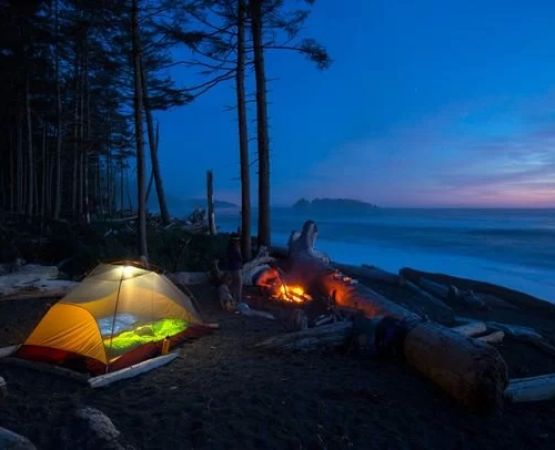- 1 - Understanding the Importance of Tent Poles
- 2 - Different Materials Used in Tent Poles
- 3 - Choosing the Right Size and Weight for Tent Poles
- 4 - Durability and Weather Resistance Considerations
- 5 - Real-Life Example of Choosing Tent Poles Wisely
- 6 - Proper Maintenance and Care for Tent Poles
- 7 - Where to Find Quality Tent Poles
1 - Understanding the Importance of Tent Poles
When it comes to camping, choosing the right tent poles for your tent is just as crucial as selecting the tent itself. Tent poles provide the structure that holds your shelter upright, determining stability, weight capacity, and ease of setup. A poorly matched pole can lead to frustrating collapses or even damage during windy nights. By carefully selecting tent poles, you can ensure comfort, safety, and peace of mind while exploring the outdoors.
2 - Different Materials Used in Tent Poles
The two most common materials for tent poles are aluminum and fiberglass. Aluminum poles are lightweight, strong, and often the preferred choice for serious hikers and backpackers. Fiberglass poles, on the other hand, are more affordable but tend to be heavier and more prone to cracking under stress. For extreme conditions, some high-end tents use carbon fiber poles, combining strength with lightness. Each material has its trade-offs, so the right choice depends on your camping style and environment.
3 - Choosing the Right Size and Weight for Tent Poles
Size and weight directly affect your camping experience. Backpackers may prioritize ultralight poles for easier transport, while car campers can opt for sturdier, heavier options. The pole length must match your tent design—too long or too short and the structure won’t hold properly. Manufacturers often specify compatible pole dimensions, and sticking to those recommendations ensures the tent functions as intended.
4 - Durability and Weather Resistance Considerations
Durability is vital when choosing the right tent poles for your tent. Frequent campers should invest in poles designed to withstand repeated assembly and disassembly. Weather is another factor: aluminum performs better in cold climates as fiberglass may become brittle in freezing conditions. In storm-prone regions, reinforced poles or shock-corded systems provide added stability against strong winds and heavy rain.
5 - Real-Life Example of Choosing Tent Poles Wisely
Consider Sarah, an avid hiker who once brought a fiberglass-pole tent on a week-long trek in the Rockies. Halfway through the trip, a pole snapped under strong winds, forcing her to improvise with tree branches. After that experience, she invested in a lightweight aluminum pole tent, which held up perfectly on her next adventure. Her story illustrates how the right choice of poles can make or break a camping trip.
6 - Proper Maintenance and Care for Tent Poles
Even the best tent poles require proper care. Always ensure they are clean and dry before storage to prevent corrosion or mildew. Inspect shock cords regularly, as they can lose elasticity over time. Carrying a simple repair kit with splints or duct tape can save your trip if a pole breaks unexpectedly. Maintenance extends the life of your equipment and ensures reliability during outdoor adventures.
7 - Where to Find Quality Tent Poles
Reliable gear sources are essential for outdoor enthusiasts. Specialty outdoor stores and trusted providers like Pine Cliff Resort offer quality tents and poles designed for various needs—from lightweight backpacking to family camping. Choosing poles from reputable suppliers ensures durability, proper fit, and peace of mind, so you can focus on enjoying nature instead of worrying about your gear.







